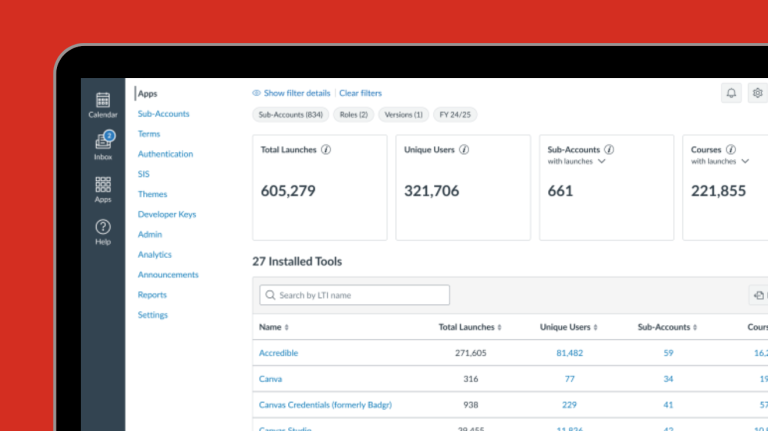
Let’s talk about the other side of data—the side that can shape school culture, for better or for worse. In your haste to gather it and make sense of it, it can be easy to overlook the impact assessment data can have on your teachers and school. Too often, teachers are data rich and information poor, collecting data in their own classrooms without collaboration or a clear understanding of the bigger data picture in their schools. It’s critical for a school district not only to promote a strong assessment-focused culture but a positive assessment-focused culture.
As we continue to partner with schools nationwide to support them in building a meaningful assessment strategy, we have found that the most successful schools have two things in common: effective leaders and a healthy data culture.
So how do you build a positive assessment culture? Start with these four elements:
#1: All Assessment Data is Good Data
Agreeing to accept all data as “good” data is difficult. It’s human nature to focus on things that tell a story we want to hear and dismiss them if they don’t. But if we’re truly passionate about the connection between teaching and learning, we must believe that all data is valuable and has something to teach us. We can’t afford to skip what we don’t want to see.
For all data to be “good” data, it must be used to improve student outcomes. That’s the only caveat, because data that is not usable is never “good”. This requires educators to be thorough data detectives. Each individual data point acts as evidence that, when examined over time, helps them piece together accurate stories of the teaching and learning happening in their schools. In addition to being data detectives, educators need to be data curators, analyzing the right data, at the right time, to tell the right story, and determine the best next step.
#2: No Blame, No Shame, No Excuses
The next agreement is probably the hardest one to overcome because it lies at the heart of human nature. While we can’t wait to talk about our best and proudest moments, we’re hesitant to share when things don’t go as planned. And it can be even more difficult to ask for (not to mention take) our peers’ suggestions. We can’t let these feelings creep in to hijack professional learning communities or data meetings. Sure, these conversations can be tricky to navigate, but unless you’re able to lay all your cards on the table and be vulnerable, your school will never build professional learning communities that truly make a difference.
The last critical piece to this agreement is to commit to building “quick wins” in every step. Okay, so things didn’t go super well, can we find at least one thing to celebrate? Celebrating these positives publicly communicates to your staff that this work does matter and that you’re committed to making sure it is (and they are) successful.
#3: Side by Side… We’re In This Together!
There is often a divide between teachers and administrators. Although this is mostly due to the nature of their separate work environments, it’s important for everyone to come together around the data table.
During PLC meetings (and subsequent conversations), it’s important for leaders to be engaged and honor teachers’ openness and honesty. Knowing someone “gets it” can be enough encouragement for them to do it again. Little by little, the team will gain the collective emotional stamina to keep them moving forward on their quest to improve student outcomes.
Our K-12 assessment survey revealed that school-level administrators (73%) and teachers (70%) are primarily responsible for reviewing and analyzing assessment results, so leaders should collaborate with and prioritize feedback from these stakeholders when reviewing their district’s assessment program.
#4: It’s Not Easy Being Green
Green—the universal color for progression in reaching a target or goal. In education, this is true when reporting proficiency levels on state tests, in curriculum-based measures, and in assessment systems like Mastery Connect. But as educators know, getting students into that green zone can be challenging.
Accepting that there are more ways to measure student growth than simply being “green” or not is an important first step to shifting your school’s mindset around assessment. While grades and overall performance are typically reported based on how many students reach proficiency levels (often without any mention of growth), your data can tell a different story within the walls of your school. You and your team know that your students are making progress and moving toward mastery. Although it’s going to take time and hard work to reach your all-green goal, remind each other that you are making moves every single day.
Related Content
 Teaching-With-Tech-10-Benefits.jpg
Teaching-With-Tech-10-Benefits.jpgBlogs
 untitled_design.jpg
untitled_design.jpgBlogs
 boost_visibility_and_adoption_with_the_canvas_apps_experience_-_thumbnail.png
boost_visibility_and_adoption_with_the_canvas_apps_experience_-_thumbnail.pngBlogs
